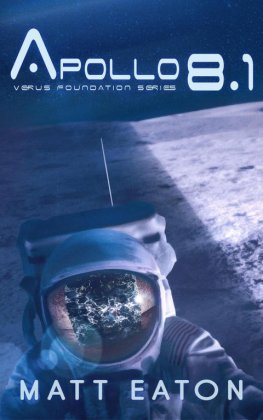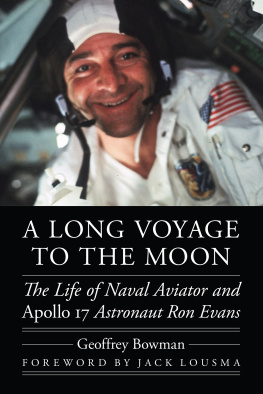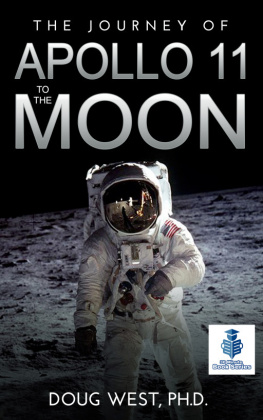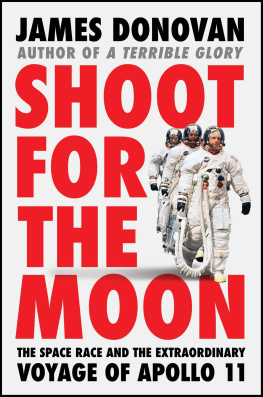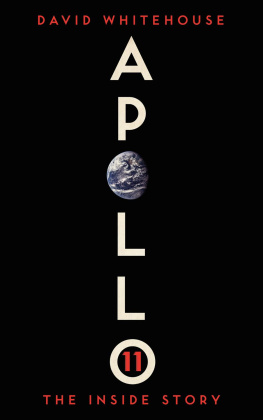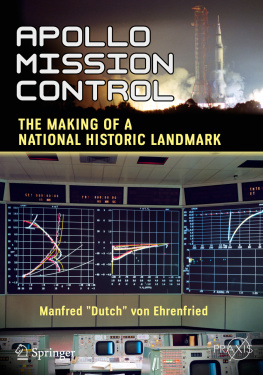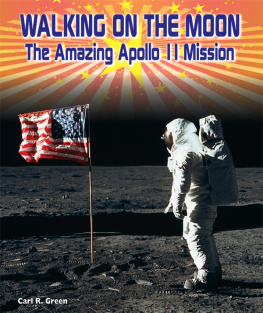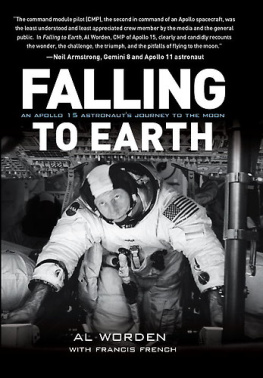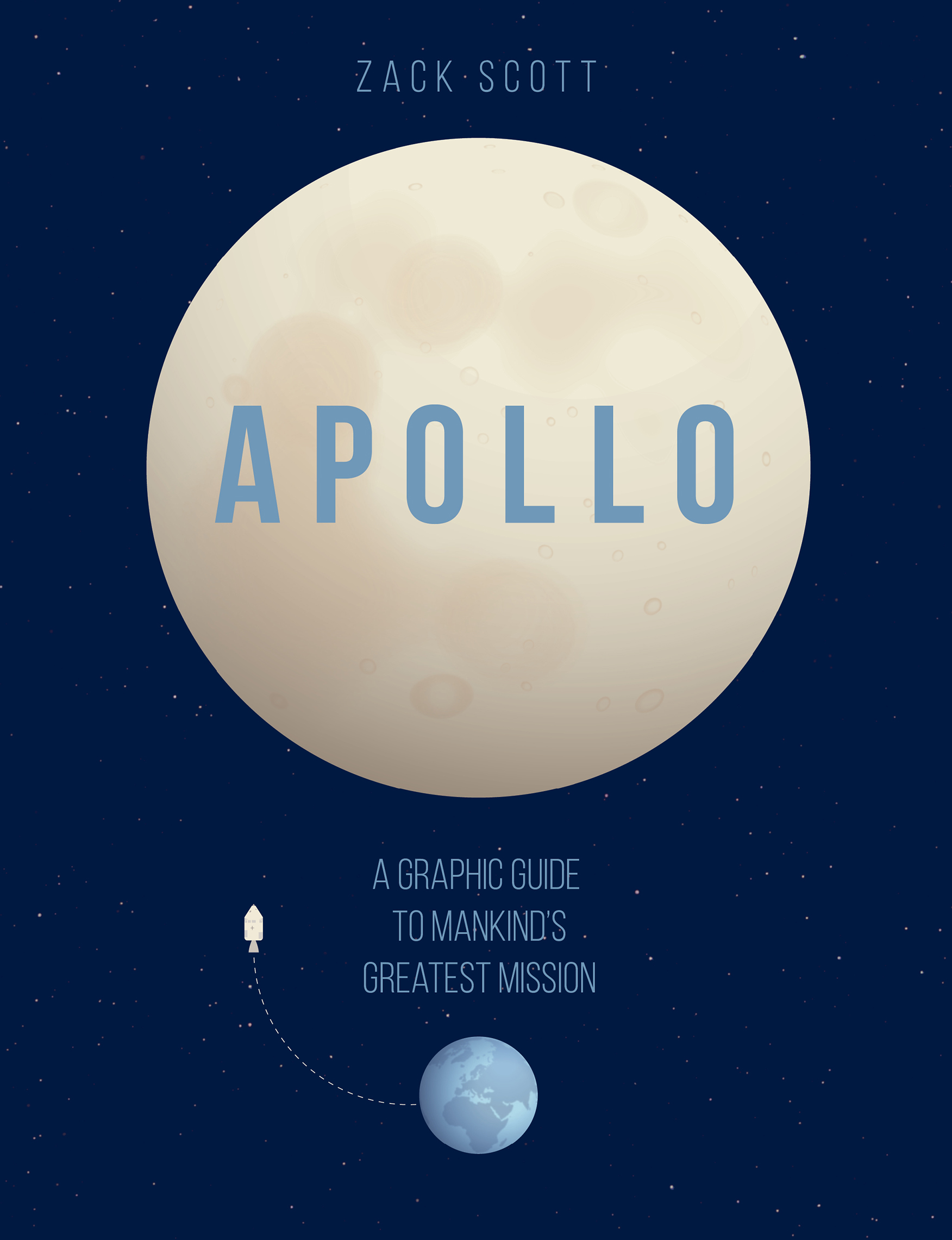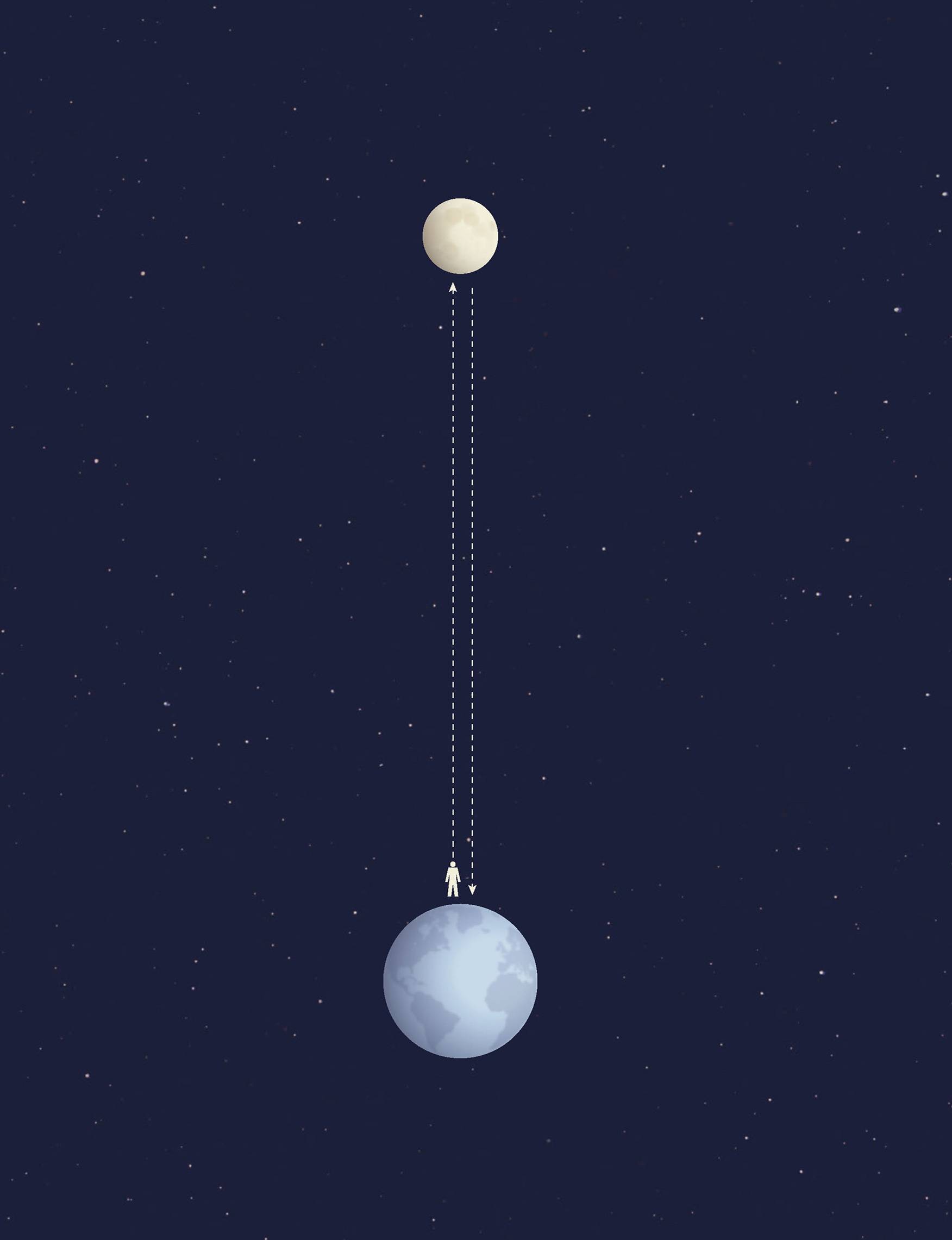Zack Scott - Apollo: A Graphic Guide to Mankind’s Greatest Mission
Here you can read online Zack Scott - Apollo: A Graphic Guide to Mankind’s Greatest Mission full text of the book (entire story) in english for free. Download pdf and epub, get meaning, cover and reviews about this ebook. year: 2019, publisher: Abrams Image, genre: Science fiction. Description of the work, (preface) as well as reviews are available. Best literature library LitArk.com created for fans of good reading and offers a wide selection of genres:
Romance novel
Science fiction
Adventure
Detective
Science
History
Home and family
Prose
Art
Politics
Computer
Non-fiction
Religion
Business
Children
Humor
Choose a favorite category and find really read worthwhile books. Enjoy immersion in the world of imagination, feel the emotions of the characters or learn something new for yourself, make an fascinating discovery.

- Book:Apollo: A Graphic Guide to Mankind’s Greatest Mission
- Author:
- Publisher:Abrams Image
- Genre:
- Year:2019
- Rating:4 / 5
- Favourites:Add to favourites
- Your mark:
Apollo: A Graphic Guide to Mankind’s Greatest Mission: summary, description and annotation
We offer to read an annotation, description, summary or preface (depends on what the author of the book "Apollo: A Graphic Guide to Mankind’s Greatest Mission" wrote himself). If you haven't found the necessary information about the book — write in the comments, we will try to find it.
This attractively produced and beautifully designed factbook gives an account of each mission, including unmanned missions, Apollo-Soyuz and Skylab. It also provides a gazetteer of astronaut Moonwalkers, including fascinating information about their education and motivation, a breakdown of the spacecraft, rockets and ground equipment used on the programme, and a collection of statistics, facts and infographics, for instance a splashdown map, info about the solar systems other moons, speed comparisons and a pull-out flight plan. When President Kennedy announced the US Apollo programme in 1961 he was fighting back against the Russian achievement of making Yuri Gagarin the first man in space. The 17 Apollo missions between 1961 and 1972 reasserted the USAs world leadership in the field, with the first moonwalk taking place from Apollo 11 in 1969, when Neil Armstrong was the first to land followed by Buzz Aldrin. The final Moonwalkers, and the last to travel beyond low-earth orbit for 50 years at the present time, took place in 1972 with Eugene Cernan and Harrison Schmitt completing the actual walk. They brought back the largest haul of samples, and their pilot Ronald Evans became the astronaut to have spent the longest amount of time in the moons orbit. Not all moon expeditions were successful, and the Apollo 13 mission was aborted when an oxygen tank exploded. The spacecraft continued onward to the moon and half orbited it in order to gain the momentum to break free of its gravity. On the return journey, the astronauts had to create a working component to filter out excessive CO2 in their cabin. Apollo 14 aimed to redress these problems but itself only just avoided disaster owing to a faulty signal which had to be rebooted.
Zack Scott: author's other books
Who wrote Apollo: A Graphic Guide to Mankind’s Greatest Mission? Find out the surname, the name of the author of the book and a list of all author's works by series.

